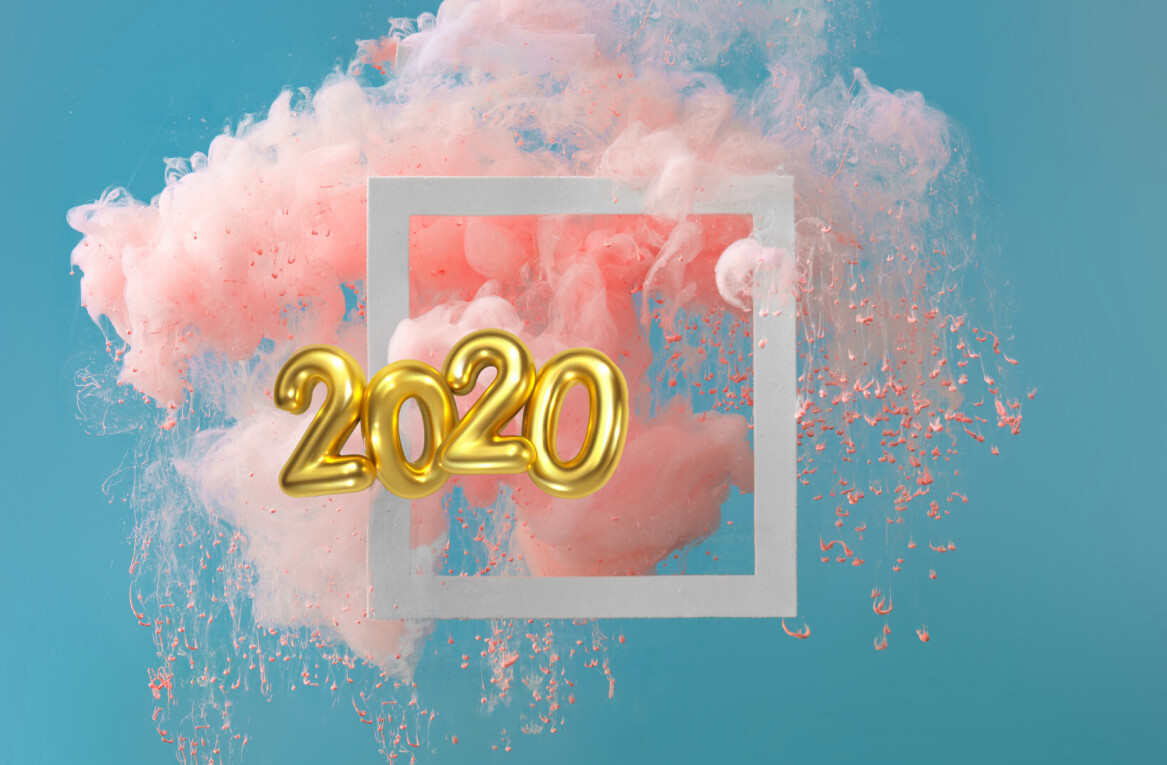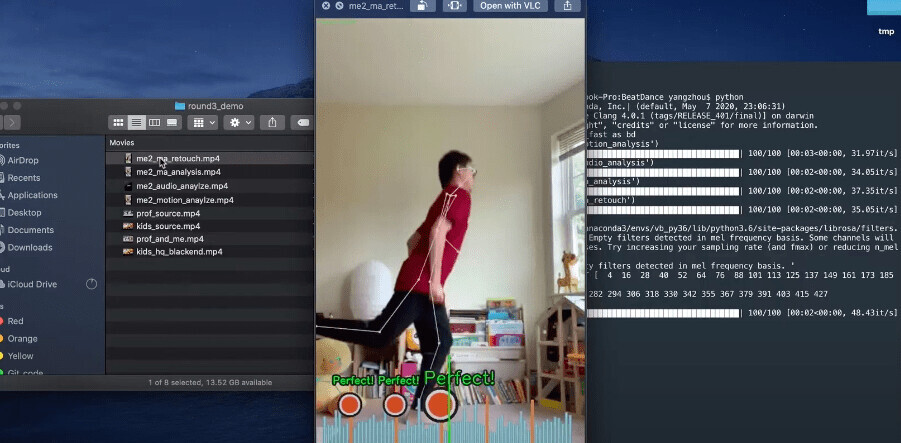Over the years, Adobe’s excellent software has firmly established the company as one of the most influential sources of innovation in image manipulation and it seems the Photoshop-maker intends to keep things this way.
The company has partnered up with researchers from the University of Berkeley to develop a kickass new editing tool that uses deep learning to help you realistically manipulate images in real-time – and the results are going to absolutely blow your mind.
In a paper titled Generative Visual Manipulation on the Natural Image Manifold, the researchers detail an interesting new method that generates “photo-realistic samples” based solely on a few brush strokes from the user.
The tool applies modifications to the original photo by taking your input into account and using the intelligent generative algorithm to keep the outcome as realistic as possible. In the absence of a source image, the tool will generate results from scratch.
For instance, you can generate a basic landscape by simply painting a few horizontal green lines; adding a grey triangle on top will bring up a photo-realistic mountain.

The tool is particularly useful when it comes to modifying and morphing images (or the objects in them) in different colors and sizes, such as different colorways and variants for a particular pair of shoes (or similar). What’s more impressive is that the changes are applied almost instantaneously.
The deep learning tool also comes with a ‘Generative Image Transformation’ feature that allows you to automatically transform the color and shape of one image to look like another.
In the example below, the program is supplied with a source image of a large leather handbag, along with a ‘target’ image of a smaller one with a different shape. By using this information, it automatically manipulates the handbag from the source photo so it takes on the shape and size of the one in the target image.
Watch the video in the section above to get a better idea of how the tool works and head to this page to learn more about the project. You can also find instructions on how you can try out the tool for yourself on GitHub.
via HackerNews
Get the TNW newsletter
Get the most important tech news in your inbox each week.




